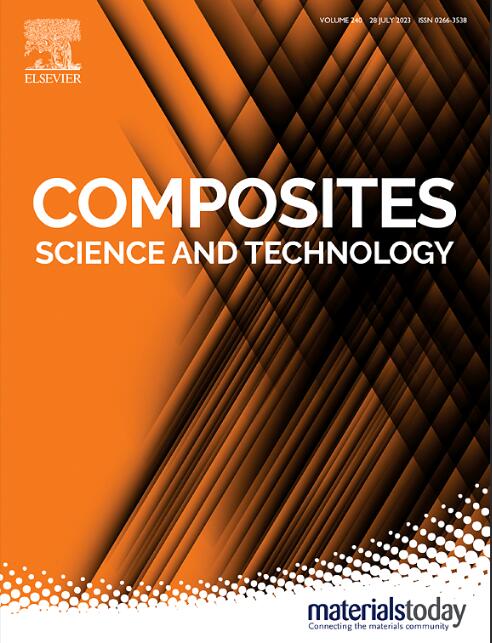Component-level fatigue life prediction of short fiber reinforced polymers via a novel parametric fatigue dataset generation method
IF 8.3
1区 材料科学
Q1 MATERIALS SCIENCE, COMPOSITES
引用次数: 0
Abstract
Predicting the fatigue life of short fiber reinforced polymers (SFRP) is complicated due to their inherent heterogeneity and in-service alternating loads. Despite numerous research addressing the fatigue life prediction of SFRP specimens, applying these findings to engineering applications remains challenging. This study presents an innovative component-level fatigue life prediction framework for SFRP components, central to which is a parametric material fatigue dataset (MFD) generation method considering fiber microstructures and stress ratios. Local fiber orientation tensors from mold flow analysis are then mapped onto the structural mesh to obtain the stress field. Fatigue life is subsequently solved using MFD and local stress via a polynomial-form parametric multiaxial fatigue failure criterion. The accuracy of the MFD generation method and the fatigue life calculation algorithm is confirmed through micromechanical models and fatigue tests on specimens with various orientations and stress ratios. Final validation is achieved via fatigue tests and numerical modeling of an SFRP automobile tailgate. Results show that the fatigue crack initiation is accurately identified, and the predicted life falls within a threefold error band of the experimental value, confirming the high reliability of this framework. This study advances component-level fatigue life prediction of SFRP, offering a procedural and parametric tool for engineering applications.

求助全文
约1分钟内获得全文
求助全文
来源期刊

Composites Science and Technology
工程技术-材料科学:复合
CiteScore
16.20
自引率
9.90%
发文量
611
审稿时长
33 days
期刊介绍:
Composites Science and Technology publishes refereed original articles on the fundamental and applied science of engineering composites. The focus of this journal is on polymeric matrix composites with reinforcements/fillers ranging from nano- to macro-scale. CSTE encourages manuscripts reporting unique, innovative contributions to the physics, chemistry, materials science and applied mechanics aspects of advanced composites.
Besides traditional fiber reinforced composites, novel composites with significant potential for engineering applications are encouraged.
 求助内容:
求助内容: 应助结果提醒方式:
应助结果提醒方式:


